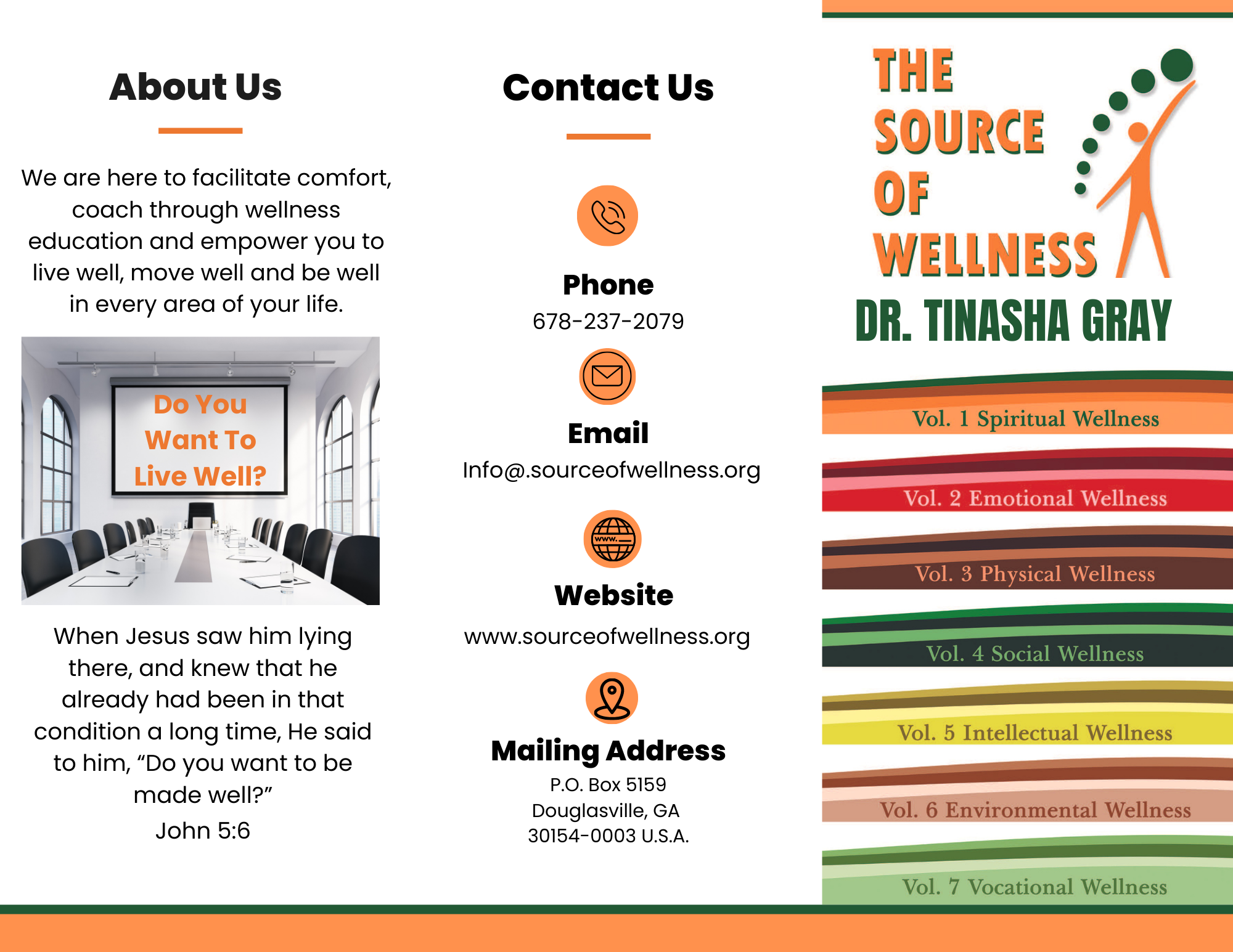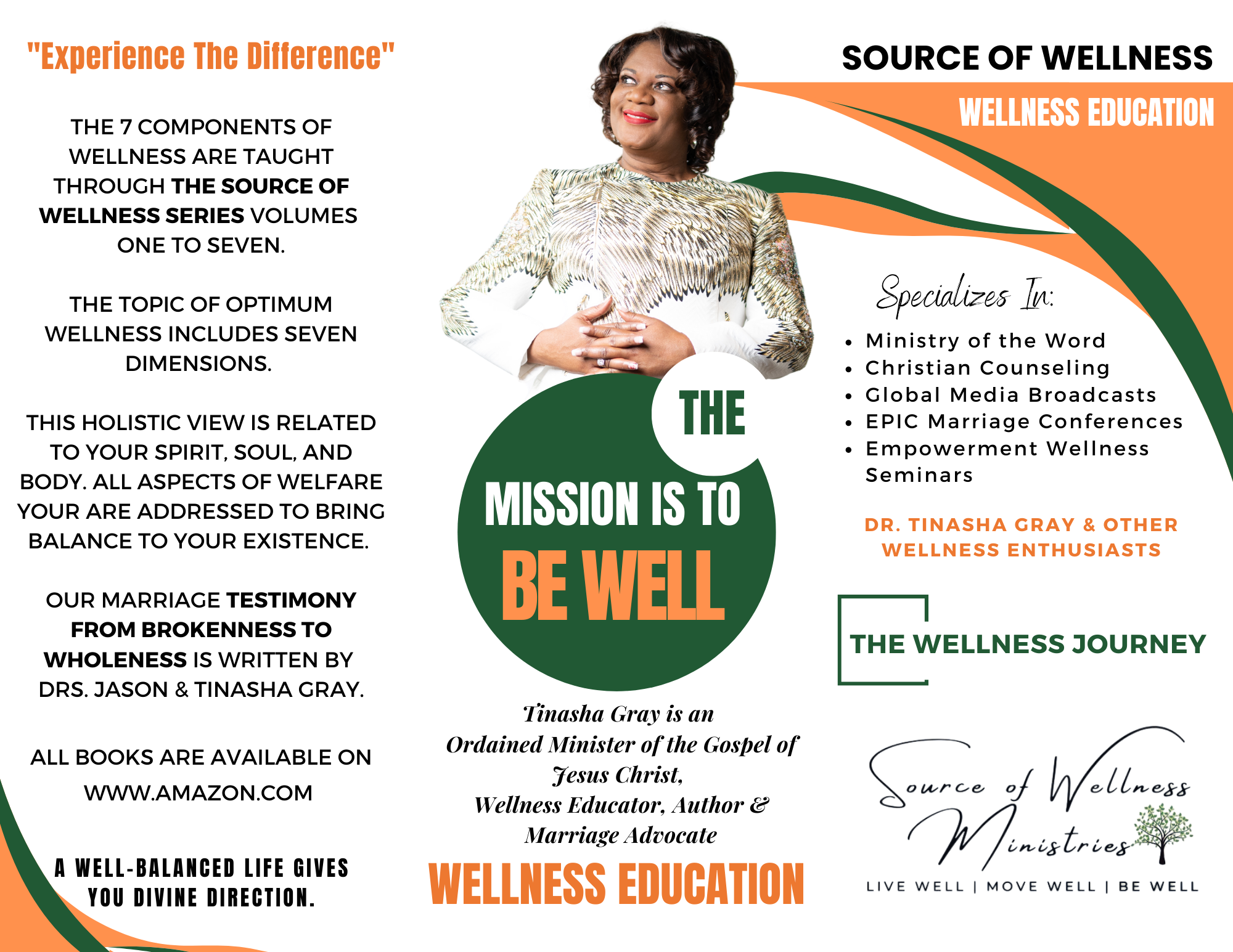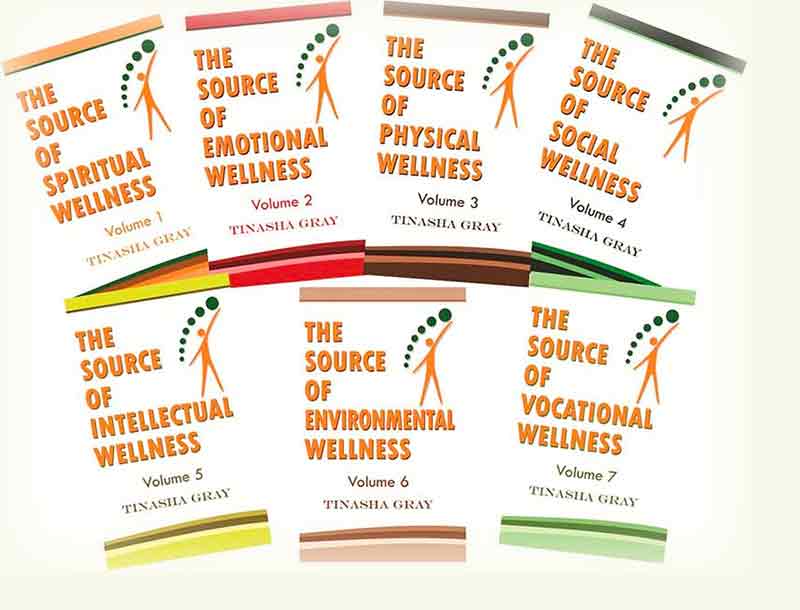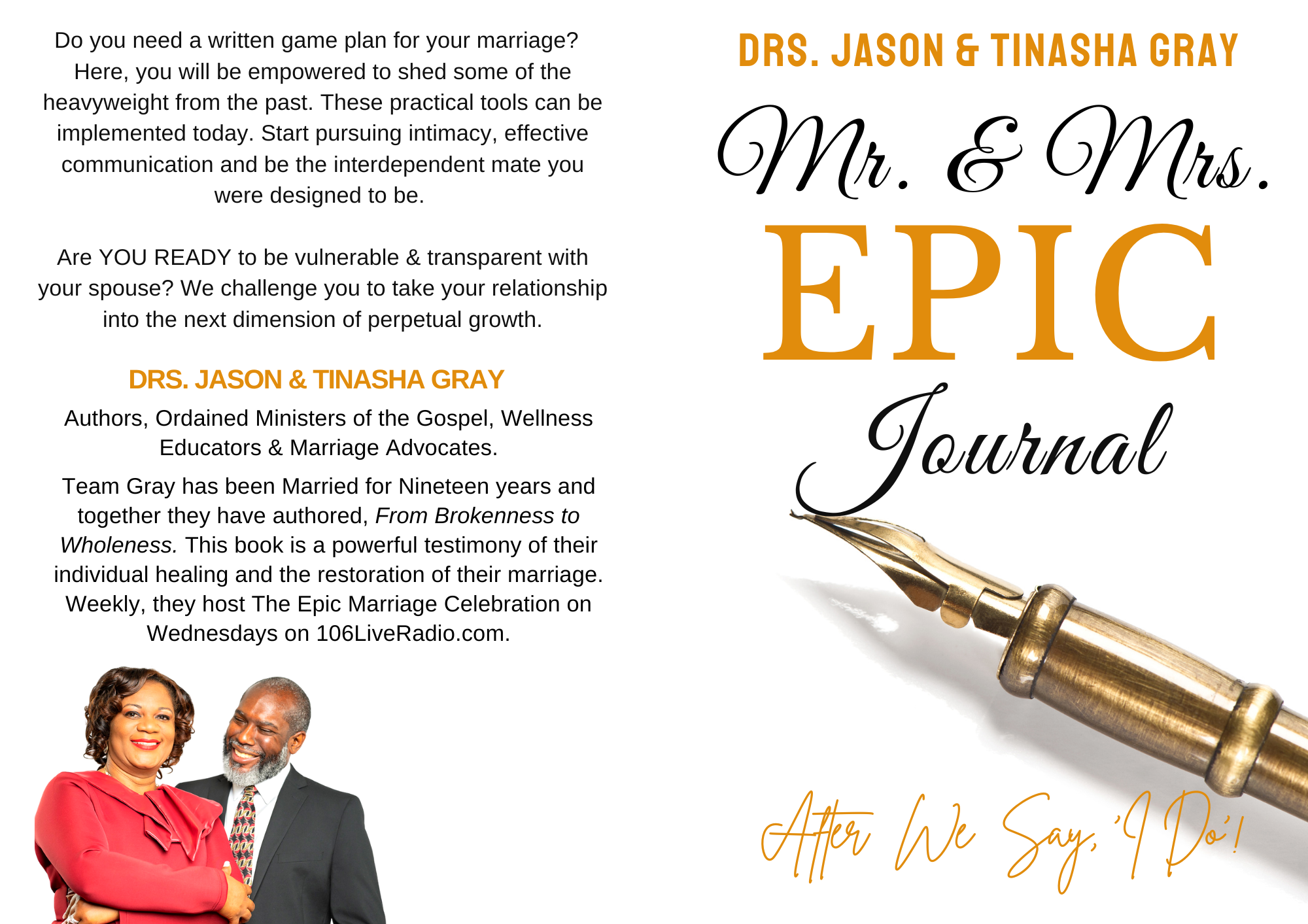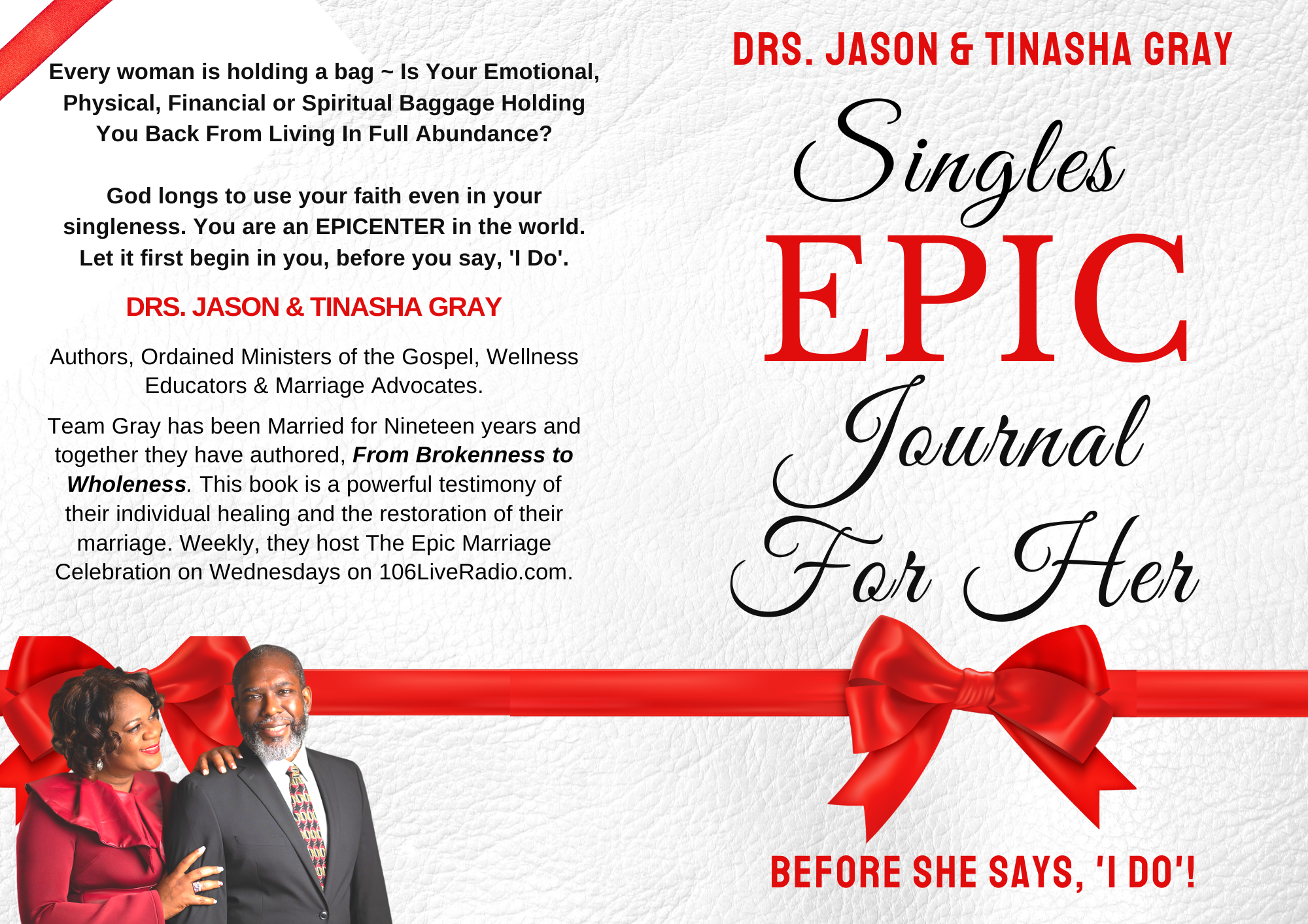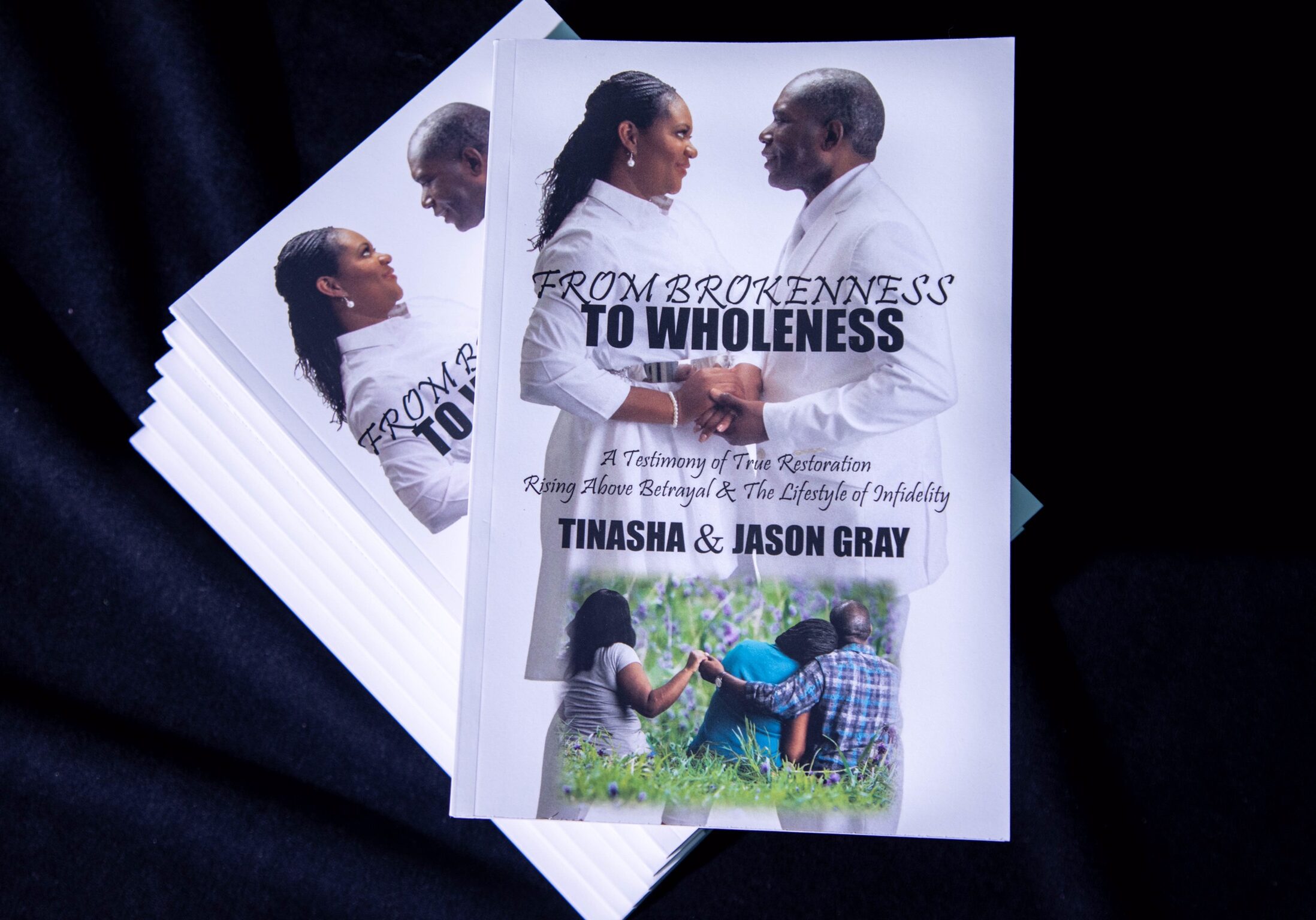The Table of Forgiveness

Do you want to flourish? Consider: you may have to get on the other side of the pain by forgiving the offender.
Remember, forgiveness is not carelessly forgetting, passively avoiding, or simply making excuses for what has happened in the past. Forgiveness and wholeness are necessary for personal growth. God offers forgiveness in unlimited quantities. The process of forgiveness is different for everyone based on the offense. However, there is a great power and peace that awaits you when you take the road less traveled. Let us chart a path forward to the unspeakable joy and the peace that comes with forgiving a person who hurt or wronged you.
Some people get stuck along the process but it is important for you to keep going through the stages all the way to inner healing. True restoration is the objective. I want you to hear yourself say, – "Now, I’m better not bitter" – "I am living my best-healed life!" - "We are Better Together!" - "I am free!"
According to www.psychologytoday.com/, There are 9 Steps to Forgiveness. Follow these steps to forgiveness to reduce negative feelings.
1. Know exactly how you feel about what happened and be able to articulate what about the situation is not OK. Then, tell a trusted couple of people about your experience.
2. Make a commitment to yourself to do what you have to do to feel better.
3. Forgiveness is for you and not for anyone else. Forgiveness does not necessarily mean reconciliation with the person that hurt you, or condoning of their action. What you are after is to find peace. Forgiveness can be defined as the “peace and understanding that come from blaming that which has hurt you less, taking the life experience less personally, and changing your grievance story.”
4. Get the right perspective on what is happening. Recognize that your primary distress is coming from the hurt feelings, thoughts and physical upset you are suffering now, not what offended you or hurt you two minutes – or ten years – ago. Forgiveness helps to heal those hurt feelings.
5. At the moment you feel upset practice a simple stress management technique to soothe your body’s flight or fight response.
6. Give up expecting things from other people, or your life, that they do not choose to give you. Recognize the “unenforceable rules” you have for your health or how you or other people must behave. Remind yourself that you can hope for health, love, peace and prosperity and work hard to get them.
7. Put your energy into looking for another way to get your positive goals met than through the experience that has hurt you. Instead of mentally replaying your hurt seek out new ways to get what you want.
8. Remember that a life well-lived is your best revenge. Instead of focusing on your wounded feelings, and thereby giving the person who caused you pain power over you, learn to look for the love, beauty and kindness around you. Forgiveness is about personal power.
9. Amend your grievance story to remind you of the heroic choice to forgive.
By following these steps to forgiveness, you can reduce your negative feelings and give yourself the benefit of happiness and wellbeing
Author Marilyn Mitchell, M.D., works in integrative medicine.
ACCEPTANCE & LEARNING TO LIVE WITH THE MEMORIES
It may take a long time to process through the pain, loss, offense, or grief to get to the place of acceptance and inner healing. The various stages can last one month to least eighteen to twenty months. In this case, you have to be working, taking one step at a time. There is no way you can gauge the length of time, but the key is not to get stuck in hell having a pity party. Look ahead and see the benefits of letting go of the pain. Start talking freely about this challenging season of your life.
Yes, the triggers are here now. They will have to subside once you start acknowledging the wrong done and confronting the painful memories associated. They will no longer have a stronghold on your soul; mind, will, and emotions. In fact, as a Christian Counselor, I believe this will cause you to be a more laser-focused, intentional, and stronger individual.
- Tinasha
Worry-Free Challenge
 Over the last three weeks, I took a worry-free challenge that was used as a tool to keep my thoughts in check. I also gave my family permission to call out the worrisome thoughts at times when I appeared clueless. This strategy worked great for me. In my case, I found the content for my current writing project was the main recurring theme.
Over the last three weeks, I took a worry-free challenge that was used as a tool to keep my thoughts in check. I also gave my family permission to call out the worrisome thoughts at times when I appeared clueless. This strategy worked great for me. In my case, I found the content for my current writing project was the main recurring theme.
After the first week, I narrowed my repetitive thought patterns down to my current writing projects. I was always asking if the information written in the inspiration book was up to par. I often felt the need to research and study additional scriptures to make sure that the content flowed with the topic I was writing about.
During the early morning and late evening was the time I had the biggest influx of thoughts related to the contents of the book. The thoughts typically surfaced before I began to write, sometimes during my writing sessions, but mainly at the end of the day. In retrospect, I believe there is a genuine concern for wholesome content to be included in the book. In the light of stewardship, my goal is to publish a God-centered book with content that points to God as our Source.
Insight:
Now I am convinced, that worry is a fruitless mental activity. It is a cycle that causes revolving thoughts to race through our minds. The human body responds with a heightened state of alertness. To be concerned is very different from worrying. Concern is another kind of mental reaction that surfaces from a place of love and genuine care. The results of true concern are very different from worry. Concern focuses primarily on the problem with hopes of taking specific actions to solve the problem.
Successes:
Converting worries into concerns became easy for me.
I literally had to stop what I was doing to whisper a prayer or talk to myself. During times of reasoning, I challenged the Lord. I had to stop many times to ask Jesus to give me clear directions. Personally speaking, during times of stress, I tend to over-process the situation and actions of others. Therefore, I prefer to live a simplified and easy-going life free from worry and stress.
Over the last three weeks, I have spent hours reading and meditating on the word of God. Therefore, I have learned to cultivate a growth mindset that says, “All things are under God’s control.” All these have allowed me to understand my emotional and mental frame. My default setting is the word of God. The truth is; there is no need to worry.
Failures:
My failure seems to be in the area of perfectionism. I am learning how to be excellent (striving for the best I can be). I have a hard time accepting that the written work is good enough. It can take a minute to truly convince myself that the written sentences and paragraphs are really what the Lord wants me to write. During times of weakness, I literally have to encourage myself to take a stretch break to increase my strength. This helped me to counteract the constant patterns of worry. I even had to choose to walk away, take a deep breath, and filter my thoughts.
Conclusion:
Thankfully, I am at the place where I can say; I know my capabilities and my weaknesses. I can also say; “I serve God, and He is able to do all things. He provides the assurance, counsel, and strength needed for me to keep writing.” God is on my side, I will not be moved.
- Tinasha
Me-Time: Make Time For Hobbies
It’s important to take action in life. Sitting back and passively waiting and wishing stress would go away won’t work. You need to set aside quality time for yourself and call it "me-time" for things you love and enjoy. Try to do something small every day that makes you feel good, and it will help relieve your stress. It doesn’t have to be a ton of time -- even 15 to 20 minutes will do. Relaxing hobbies include things like:
Here are a few examples:
- Reading
- Walking or jogging
- Knitting
- Doing an art project like drawing or coloring
- Journaling or writing
- Playing a sport: tennis, soccer, swimming, golf
- Watching a movie alone or with a friend
- Gardening
- Doing crossword puzzles, sudoku
- Playing cards and board games
- Tinasha
Eat A Balanced Meal
“The World Health Organization (WHO) estimates that the spread of processed food and American fast food worldwide has made obesity and the diseases of low-nutrient, high-calorie eating bigger contributors to premature death worldwide than starvation.” ― Joel Fuhrman, Eat to Live: The Revolutionary Formula for Fast and Sustained Weight Loss To live a healthier life, you may have to change some unhealthy habits.
Eating well allows you to live well. The nutrients you consume make all the difference in your overall health, weight, and well-being. Research proves that people who balance their meals incur fewer health-related challenges. In the Garden of Eden, Adam and Eve enjoyed life in its purest form. Fast-forward to 2017, there are lots of canned, fried foods, refined grains, foods, processed meats and lots of fast foods. Artificial additives are things like unnatural food colors, flavors, syrups and sweeteners. Eating a balanced meal is the main way your body receives its fuel. The nutrients is absorbed from all the different food groups.
Moderation and variety are the basic keys to a balanced meal. Research the various sources of nutrients. You cannot go wrong if you make half of your plate whole grains, a quarter protein, and top it off with a variety of vegetables and fruits. Get familiar with healthy and unhealthy fats, sugars, carbs, etc. Select calcium and protein-rich foods based on your health goals. There are lots of research and information on foods available. Choose a good resource to guide your healthful choices. The food pyramid was originally developed by the U.S. Department of Agriculture (USDA) in 1992. Taking additional vitamins, supplements and herbs are other alternative methods of consuming nutrients.
Eating foods that are low in calories means; eating whole grains, fruits, vegetables, beans, lean meats and fish. Pay close attention to the list of ingredients, preservatives, method of storage, and the actual source of the food and its ingredients. Your body is simply not able to digest and absorb non-food items. Some things labeled as foods are actually bad for your health because they are toxic and carcinogenic in nature. Chemicals, genetically modified foods, dyes, preservatives, and over-processed foods should be avoided. Be sure to select foods that represent a balanced meal from each food grouping. “So then, whether you eat or drink or whatever you do, do all to the glory of [our great] God.” 1 Corinthians 10:31 AMP
The best and simplest advice you will ever hear is to colorize your plate with real food items.
The following excerpt was taken from The Source of Physical Wellness (Vol. 3) Gray, T. (2018)
- Tinasha

Welcome, I'm Dr. Tinasha
I'm an emissary for Jesus, wife, mom and author who believes that optimal wellness is achievable! I'm here to facilitate comfort, coach through wellness education, and empower you to live well, move well and be well.
SUBSCRIBE FOR UPDATES
Copyright © 2019 - 2025 Source of Wellness Ministries | All Rights Reserved



